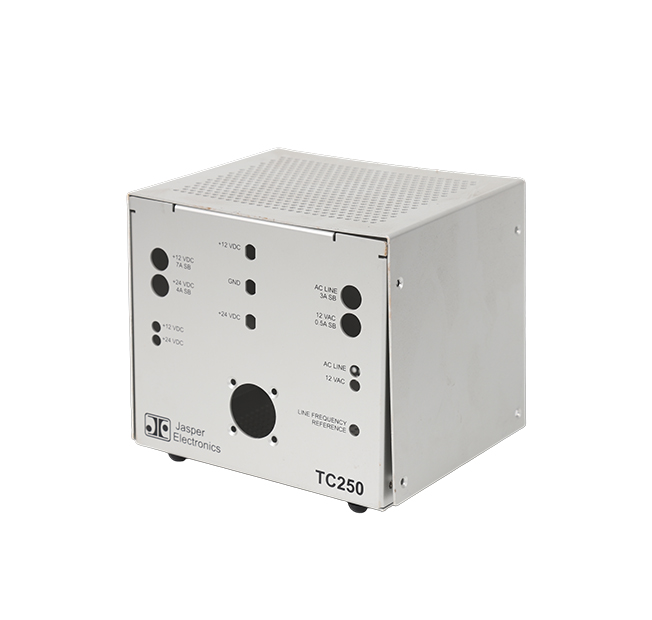Time:2025-06-27 Views:0 source:CNC Machining customization source:CNC Machining news

Non - destructive testing (NDT) methods are essential in sheet metal processing as they allow for the evaluation of the integrity and quality of sheet metal parts without causing any damage to the components. These methods are crucial for detecting internal defects, material inhomogeneities, and other hidden flaws that could compromise the performance and safety of the final product.
Ultrasonic testing is one of the most widely used NDT methods in sheet metal processing. It works by sending high - frequency sound waves into the metal sheet. When the sound waves encounter a defect, such as a crack, void, or inclusion, they are reflected back to the surface, where they are detected by a transducer. By analyzing the reflected signals, technicians can determine the location, size, and shape of the defect. Ultrasonic testing is highly sensitive and can detect both surface and subsurface defects, making it suitable for a wide range of sheet metal materials, including steel, aluminum, and copper.
Radiographic testing is another important NDT technique. It uses X - rays or gamma rays to penetrate the sheet metal part. The radiation is absorbed differently by various materials and defects within the part. A film or digital detector on the other side of the part records the radiation that passes through, creating an image that reveals the internal structure of the metal. Defects such as porosity, cracks, or improper welds can be clearly identified from the radiographic image. Radiographic testing is particularly useful for detecting internal defects in thick sheet metal parts or complex assemblies.
Magnetic particle inspection is mainly applicable to ferromagnetic materials, such as iron and steel. This method involves magnetizing the sheet metal part and applying fine magnetic particles to its surface. The magnetic particles are attracted to the areas of magnetic field leakage caused by surface or near - surface defects, such as cracks or inclusions. These particles accumulate around the defects, making them visible under proper lighting. Magnetic particle inspection is a fast and cost - effective method for detecting surface and slightly subsurface defects in ferromagnetic sheet metal parts.
In addition, eddy - current testing can be used to detect surface and near - surface defects in conductive materials. It works based on the principle of electromagnetic induction. When an alternating current - carrying coil is placed near the sheet metal part, eddy currents are induced in the metal. Any defects or changes in the material properties will disrupt the flow of these eddy currents, causing changes in the magnetic field around the coil. These changes can be detected and analyzed to identify defects. Non - destructive testing methods provide a reliable way to ensure the quality and integrity of sheet metal products, safeguarding the safety and performance of various applications that rely on these components.
Read recommendations:
Sealing ring Precision electronic parts
Housing components for recessed downlights Precision electronic parts
Oval Magnetic Hardware Precision electronic parts
CNC Machining Dimension Accuracy
CNC processing factory - Meeting customers' strict requirements for precision